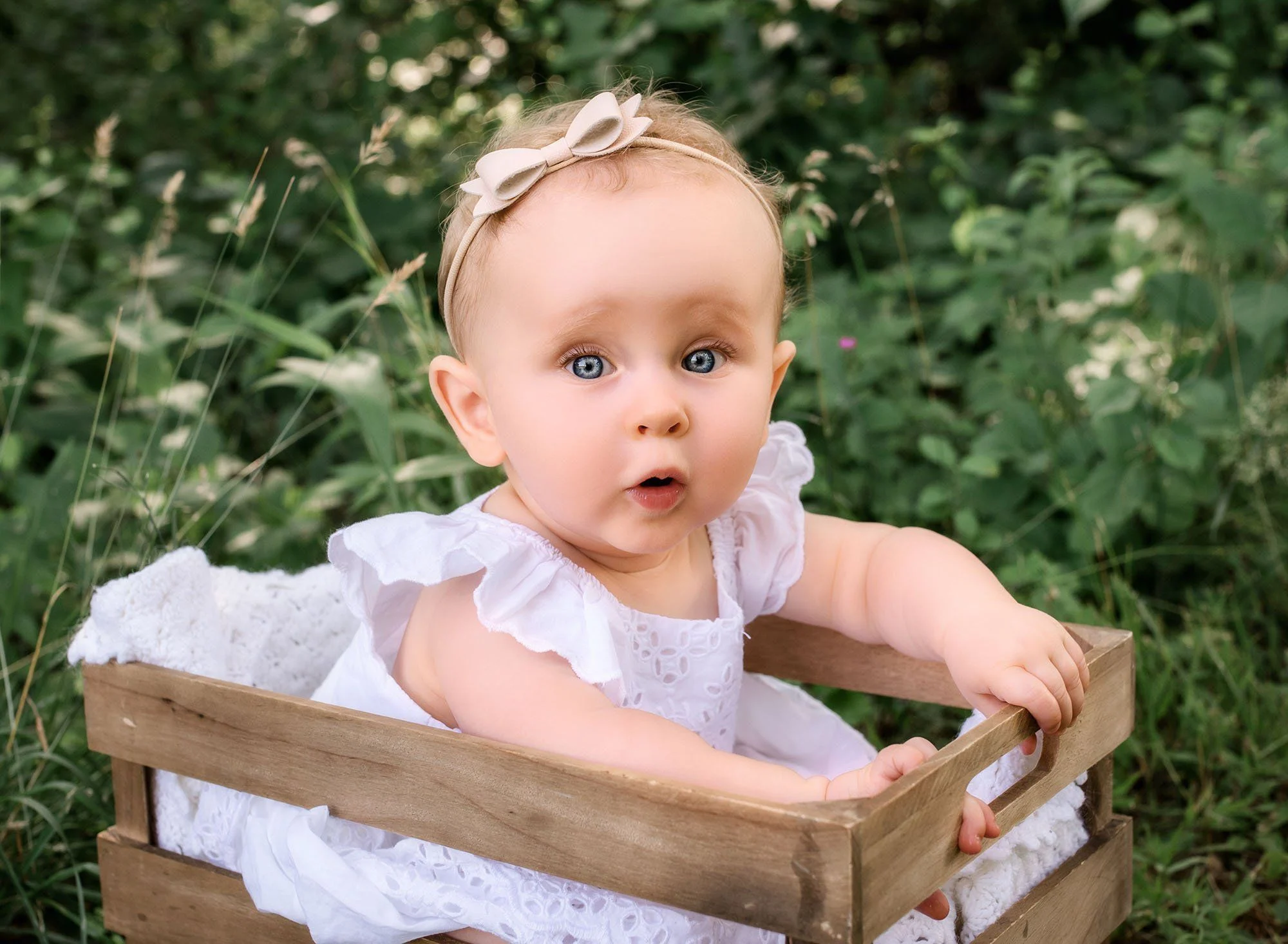Yes, my biracial son sees color. In fact, all children do, and that’s perfectly normal.
“Look, it’s Uncle Marcus!”
At first, I was taken aback, wondering how my brother, who lives several states away, appeared in our living room. Then I realized my 2-year-old son was simply pointing at the television. The image? NBA superstar Stephen Curry. While my brother stands at about 5’8”, no one would confuse him with a basketball player.
On another occasion, my son compared him to both Kevin Durant and a quarterback from a team I didn’t even know. A few weeks later, Uncle Marcus transformed into a lesser-known college basketball player, likely one of those teams we all know will be out in the first round of the tournament. (I admit I follow sports closely.)
Understanding what was happening, I recognized that my son was beginning to notice skin color. Uncle Marcus had “brown” skin like the African-American players on the screen, and although he was somewhat older than many college athletes, the connection was clear. While I found it amusing at first, a sense of anxiety crept in.
I wasn’t anxious about discussing race; as a Black mother, I know these conversations are unavoidable. In fact, parents of color often engage in these talks earlier than others due to necessity. I also understood that recognizing color is a typical developmental stage, as kids begin to see differences in skin tone from infancy and can verbalize these differences by ages 2 or 3.
However, I was unsure how to broach the topic with a mixed-race child who might not identify solely as Black or White and may not yet comprehend being “both.”
At one point, I worried that I had failed him by not surrounding him with enough people of color. We lived next to a family from India, and his daycare had an array of children from various racial and ethnic backgrounds. However, most of the adults he interacted with regularly were White.
Black adults were particularly scarce. Even though my family, consisting of diverse African-Americans, made efforts to spend time with him, Uncle Marcus was the only young Black male he saw frequently. I didn’t want him to form associations and stereotypes based on the limited exposure to young Black men, primarily through sports.
He was also differentiating his identity from those he saw on TV. I thought of him as a person of color, someone who would align with kids who had brown skin, while perceiving those with “peach” or “white” skin as different. I distinctly remember asking similar questions at around age 5 or 6, wondering why people had white skin when everyone around me was brown.
My son, however, had a different experience and appearance.
“What color are you?” I asked one day, out of curiosity.
“I’m white, like Daddy,” he replied.
“You’re both brown and white,” I clarified. “You’re part like Mommy and part like Daddy.”
To be fair, he was struggling to distinguish between White individuals, too. On TV, “Daddy” was represented by everyone from country singer Tim McGraw to various politicians engaged in heated debates. He seemed to observe skin color but also recognized age and body types.
He was able to associate specific White men with his father and Black women with me, which made me feel relieved that he was noticing characteristics beyond just skin tone.
The more I listened, the more reassured I became. Yes, my son noticed differences in color, but he hadn’t internalized societal messages that assign different values to different skin tones. He acknowledged friends with brown skin and even noted his friends from “Vietnam,” while never labeling their skin or features as odd or unattractive. Despite their young age, children can start developing racial biases.
It seemed we were on the right track as a family, being intentional about participating in cultural events, seeking diversity at his daycare, and choosing books and shows that reflected the nation’s diversity. He viewed interactions among kids of different colors and adults as normal. He could have both brown and peach families and feel comfortable with both.
I don’t harbor any illusions that this level of racial understanding will last forever. As kids grow, they inevitably process negative messages from outside influences. But perhaps if they can maintain genuine friendships across racial and ethnic lines from an early age, it’s a positive start.
Now, at age 5, my son’s sense of identity and racial awareness has evolved, yet he still perceives the world in a colorful way. He no longer identifies as simply “white like Daddy” but describes himself more as peach. One day during bath time, he joyfully announced that he was the same color as his baby brother, who hadn’t even been born yet.
He may see himself as light brown, not as dark as Mommy, who’s brown like Uncle Marcus. (These days, he only compares Uncle Marcus to a select few athletes and musicians, like Drake.)
My son enjoys being a little of both, and so do I.
For more discussions about family and identity, you may find resources useful at CDC’s pregnancy page, or explore this informative article on home insemination. Additionally, Make a Mom offers comprehensive insights into the journey of artificial insemination.
In summary, it’s natural for children to notice race, and it’s essential to create an environment that embraces diversity. As they grow, these early experiences can shape their understanding and acceptance of different backgrounds.
